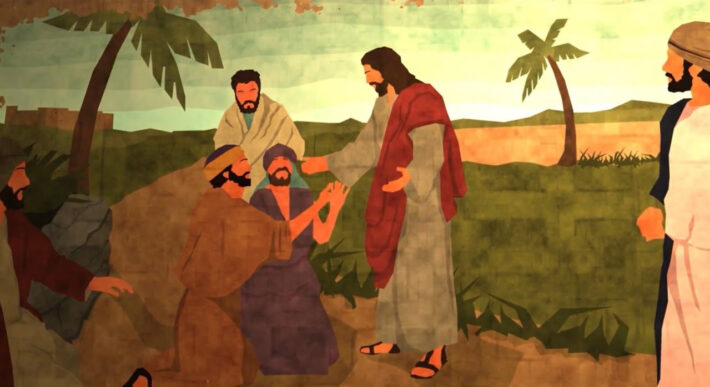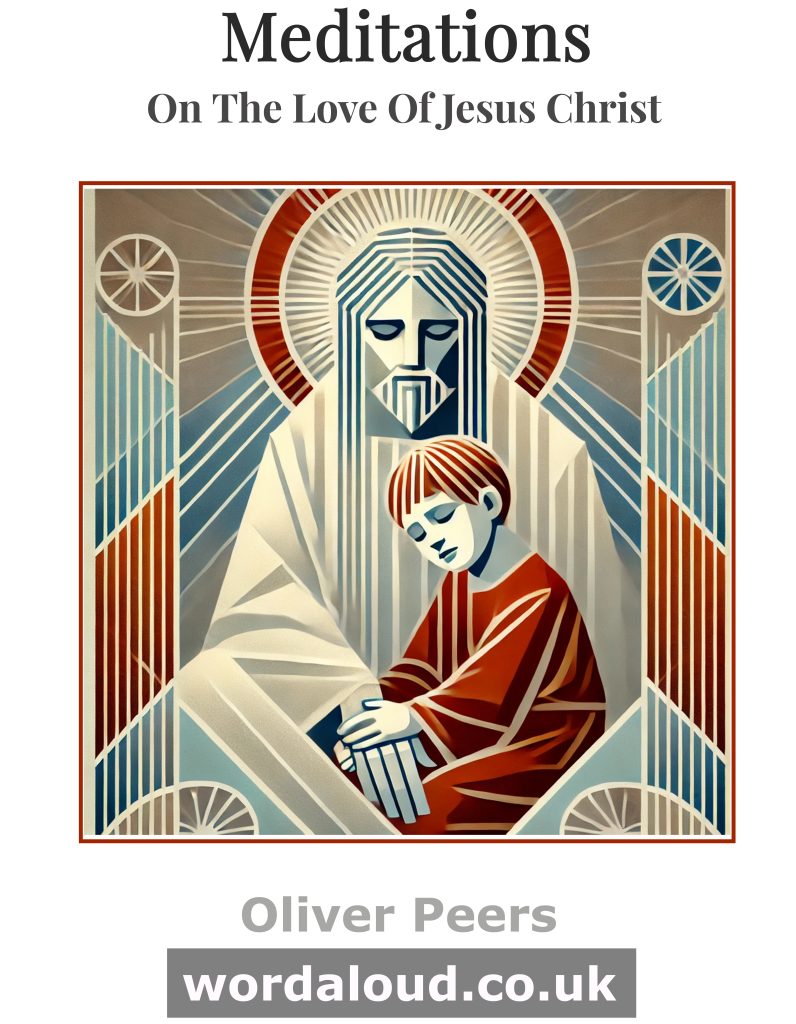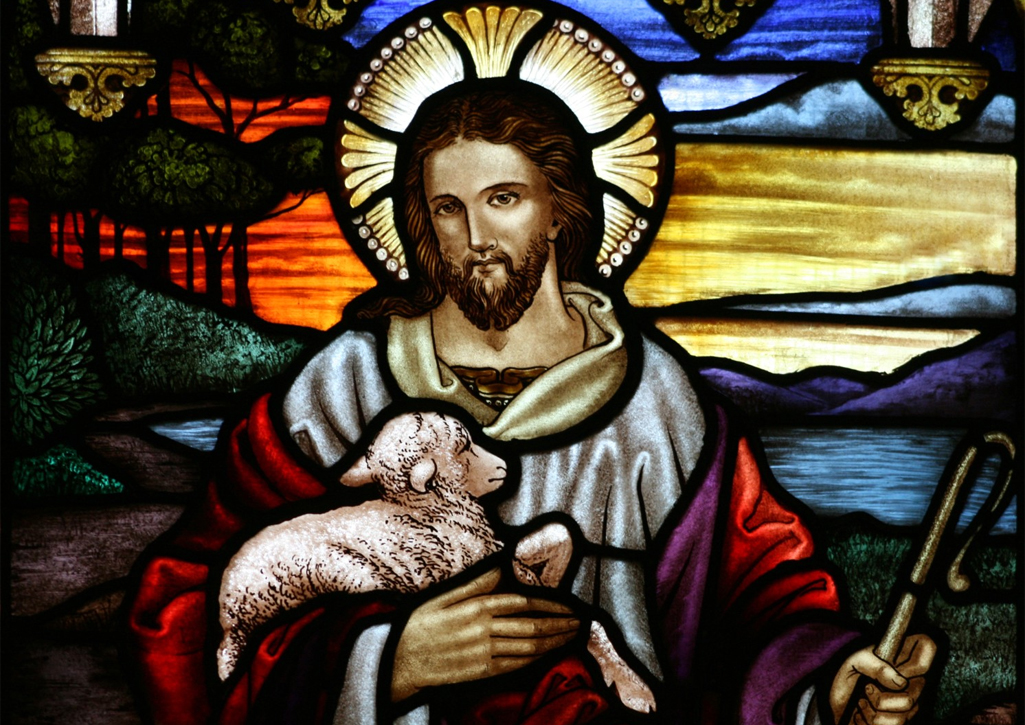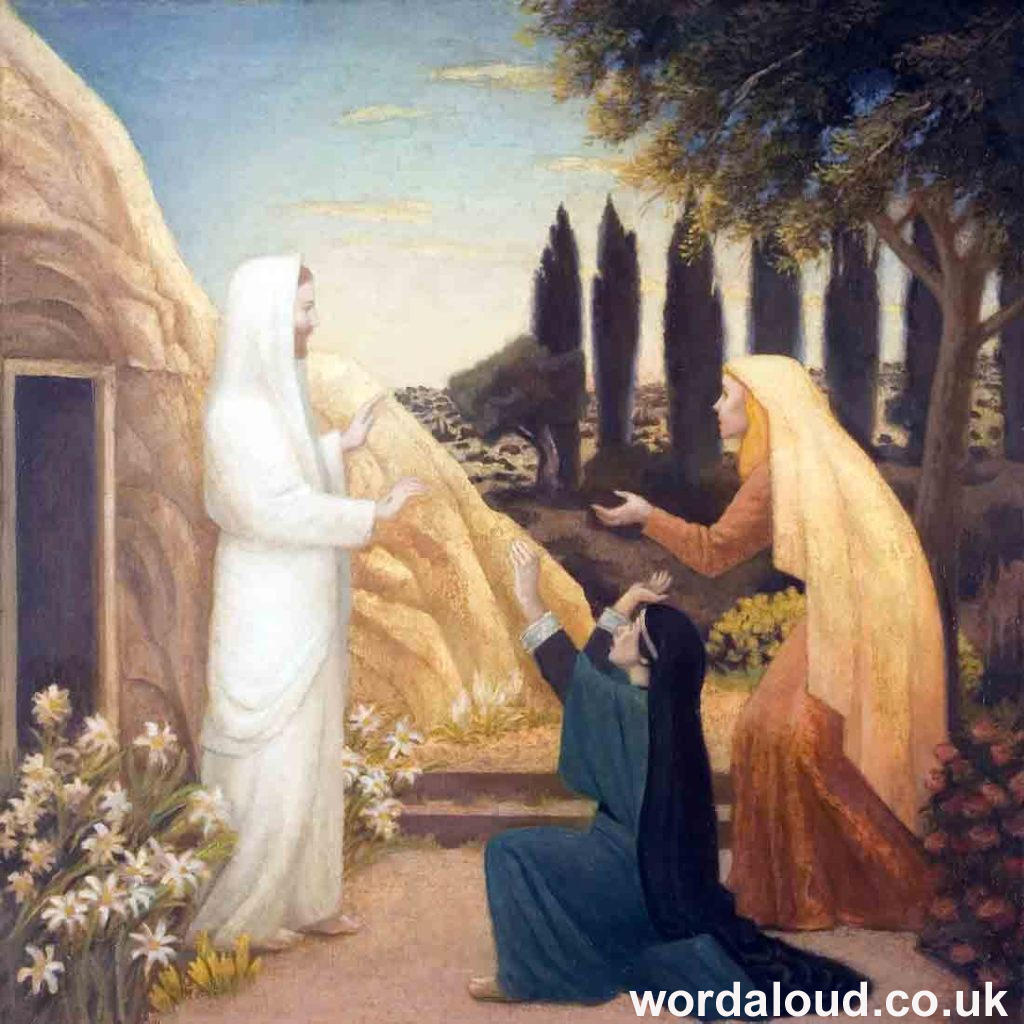Christian Art | King James Audio Bible KJV | Daily Bible Verses For Advent
Matthew 9: 27-31 | Advent Friday Week 1 | King James Audio Bible KJV | Daily Bible Verses
27 ¶ And when Jesus departed thence, two blind men followed him, crying, and saying, Thou Son of David, have mercy on us.
28 And when he was come into the house, the blind men came to him: and Jesus saith unto them, Believe ye that I am able to do this? They said unto him, Yea, Lord.
29 Then touched he their eyes, saying, According to your faith be it unto you.
30 And their eyes were opened; and Jesus straitly charged them, saying, See that no man know it.
31 But they, when they were departed, spread abroad his fame in all that country.
While the Pharisees deny him, two blind men, who because of their blindness would be excluded from normal Jewish worship, are able to see Jesus for who and what he is. The way in which the blind men hail Jesus is significant: ‘Thou Son of David.’ This implies recognition of Jesus as the Messiah. It is as if, despite physical blindness, there is an inner light – and this is a thought we may all take to ourselves as we seek Jesus.
Through touch, through a sacramental laying on of hands, and through faith the blind men are healed by Jesus. The physical disability is overcome; spiritual healing is symbolized.
Once again in these verses we are confronted with the puzzle as to why Jesus wants a miracle of healing to be kept secret. After all, he has healed people before crowds of thousands, so why do we so often in the Gospels encounter this little detail, the enjoinder to keep a miracle secret?
We cannot say with any certainty. We know that Jesus did not wish to be acclaimed as a secular warrior leader, which would be the Messiah hoped for by the Jewish people. We may very clearly infer that Jesus is against armed resistance to the occupying power, i.e. the Roman Empire. But this does not fully account for these injunctions to secrecy.
No matter how closely we read the Gospels, the text bristles with a life of Jesus which is to an extent hidden. Perhaps this is a part of the mystery of how Jesus can be human being and God in one. Perhaps these Gospel puzzles are moments when we can closely confront and be excited by the mystery of Christ as God and man. Perhaps, through this, we may encounter the intersection of the divine and of the earthly humanity in our own lives.
‘Enter into the inner chamber of your soul, shut out everything save God and what can be of help in your quest for him and having locked the door seek him out. Speak now, my whole heart, speak now to God: “I seek your countenance, O Lord, your countenance I seek.”’ St Anselm
Concluding Prayer
Call forth your power, Lord;
come and save us from the judgment
that threatens us by reason of our sins.
Come, and set us free.
We make our prayer through our Lord.
![]()
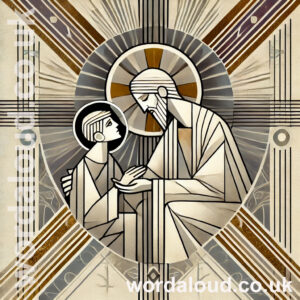
![]()

